When it comes to renovating your bathroom, one of the key decisions you’ll have to make is whether to install the wall or floor tile first in the shower. This seemingly simple choice can actually have a big impact on the overall look and feel of your shower, so it’s important to weigh the pros and cons of each approach before making your decision. Let’s start by looking at the argument for installing the floor tile first in the shower. One of the main benefits of starting with the floor tile is that it can help to establish the layout and design of the shower stall. By starting from the bottom up, you can ensure that the pattern and layout of the floor tile align perfectly with the walls and other features of the shower. This can help to create a cohesive and visually appealing look that ties the whole space together. Another advantage of installing the floor tile first is that it can make the installation process easier and more efficient. By laying the floor tile first, you can create a solid base to work from when installing the wall tile. This can help to ensure that the walls are straight and level, and that the tiles are properly aligned and spaced. In addition, starting with the floor tile can make it easier to transition from the floor to the walls, as you can use the edge of the floor tile as a guide to continue the pattern up the walls. On the other hand, there are some drawbacks to installing the floor tile first in the shower.
.
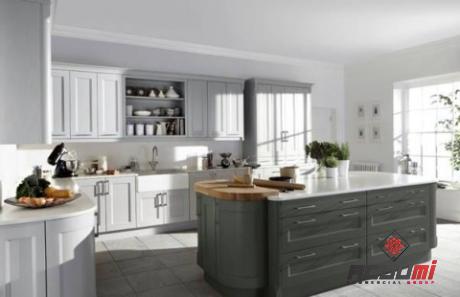 One potential issue is that the floor tile can be more prone to damage during the installation of the wall tile. If the wall tile is not installed carefully, it can be easy to chip or break the edges of the floor tile, especially if they are made of a delicate material like ceramic or porcelain. This can lead to costly repairs and replacements, so it’s important to take extra care when installing the wall tile if you’ve already laid the floor tile. Another downside of installing the floor tile first is that it can make it more difficult to make adjustments to the layout or design of the shower once the floor tile is in place. If you decide to change the pattern or layout of the walls after the floor tile has been installed, you may need to rip out the entire floor and start over, which can be time-consuming and expensive. This lack of flexibility can be a major drawback for homeowners who like to have the option to make changes to their design as they go. Now let’s consider the argument for installing the wall tile first in the shower. One of the main benefits of starting with the wall tile is that it can make it easier to create a seamless and cohesive look in the shower. By installing the wall tile first, you can ensure that the pattern and layout of the walls align perfectly with the floor tile, creating a clean and unified design that flows smoothly from top to bottom. Another advantage of installing the wall tile first is that it can make it easier to install the floor tile afterwards. By starting with the walls, you can create a guide to follow when laying the floor tile, ensuring that the pattern and layout of the floor align with the walls. This can help to simplify the installation process and ensure that the finished result looks polished and professional. However, there are some drawbacks to installing the wall tile first in the shower. One potential issue is that it can be more challenging to align the floor tile with the walls if you start from the top down. If the walls are not perfectly straight or level, it can be difficult to continue the pattern down to the floor, which can result in a disjointed and unprofessional-looking finish. This can be a major concern for homeowners who are looking for a flawless and seamless design in their shower.
One potential issue is that the floor tile can be more prone to damage during the installation of the wall tile. If the wall tile is not installed carefully, it can be easy to chip or break the edges of the floor tile, especially if they are made of a delicate material like ceramic or porcelain. This can lead to costly repairs and replacements, so it’s important to take extra care when installing the wall tile if you’ve already laid the floor tile. Another downside of installing the floor tile first is that it can make it more difficult to make adjustments to the layout or design of the shower once the floor tile is in place. If you decide to change the pattern or layout of the walls after the floor tile has been installed, you may need to rip out the entire floor and start over, which can be time-consuming and expensive. This lack of flexibility can be a major drawback for homeowners who like to have the option to make changes to their design as they go. Now let’s consider the argument for installing the wall tile first in the shower. One of the main benefits of starting with the wall tile is that it can make it easier to create a seamless and cohesive look in the shower. By installing the wall tile first, you can ensure that the pattern and layout of the walls align perfectly with the floor tile, creating a clean and unified design that flows smoothly from top to bottom. Another advantage of installing the wall tile first is that it can make it easier to install the floor tile afterwards. By starting with the walls, you can create a guide to follow when laying the floor tile, ensuring that the pattern and layout of the floor align with the walls. This can help to simplify the installation process and ensure that the finished result looks polished and professional. However, there are some drawbacks to installing the wall tile first in the shower. One potential issue is that it can be more challenging to align the floor tile with the walls if you start from the top down. If the walls are not perfectly straight or level, it can be difficult to continue the pattern down to the floor, which can result in a disjointed and unprofessional-looking finish. This can be a major concern for homeowners who are looking for a flawless and seamless design in their shower.
..
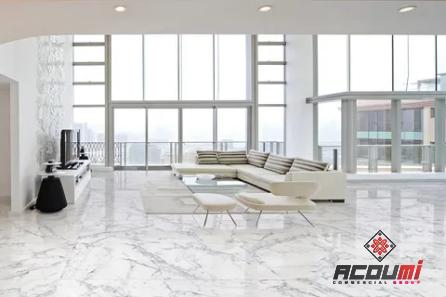 Another downside of starting with the wall tile is that it can make it more difficult to make adjustments to the layout or design of the shower once the walls are in place. If you decide to change the pattern or layout of the floor after the walls have been installed, you may need to make significant alterations to the walls or even start over from scratch. This lack of flexibility can be frustrating for homeowners who like to have the option to make changes to their design as they go. In conclusion, there are pros and cons to both approaches when it comes to deciding whether to install the wall or floor tile first in the shower. Ultimately, the best choice will depend on your personal preferences, budget, and timeline for the project. If you’re looking for a cohesive and unified design that flows smoothly from top to bottom, starting with the wall tile may be the best option. On the other hand, if you’re concerned about damage to the floor tile during installation or want the flexibility to make changes to your design, starting with the floor tile may be the better choice. Regardless of which approach you choose, it’s important to take your time and carefully plan out your design before beginning the installation process. By considering all of the factors at play and weighing the pros and cons of each approach, you can create a beautiful and functional shower that meets your needs and reflects your personal style. When embarking on a bathroom renovation project, the decision of whether to start with the wall or floor tile first in the shower is a significant one that can greatly impact the outcome of the project. The choice between the two may seem trivial at first, but considering the various factors involved can help you make an informed decision and ensure a successful and visually appealing result. One key factor to consider when deciding on the order of installation is the overall design and layout of your shower area. If you have a specific tile pattern or layout in mind that requires precise alignment between the floor and walls, it may be beneficial to start with the element that serves as the foundation for the design.
Another downside of starting with the wall tile is that it can make it more difficult to make adjustments to the layout or design of the shower once the walls are in place. If you decide to change the pattern or layout of the floor after the walls have been installed, you may need to make significant alterations to the walls or even start over from scratch. This lack of flexibility can be frustrating for homeowners who like to have the option to make changes to their design as they go. In conclusion, there are pros and cons to both approaches when it comes to deciding whether to install the wall or floor tile first in the shower. Ultimately, the best choice will depend on your personal preferences, budget, and timeline for the project. If you’re looking for a cohesive and unified design that flows smoothly from top to bottom, starting with the wall tile may be the best option. On the other hand, if you’re concerned about damage to the floor tile during installation or want the flexibility to make changes to your design, starting with the floor tile may be the better choice. Regardless of which approach you choose, it’s important to take your time and carefully plan out your design before beginning the installation process. By considering all of the factors at play and weighing the pros and cons of each approach, you can create a beautiful and functional shower that meets your needs and reflects your personal style. When embarking on a bathroom renovation project, the decision of whether to start with the wall or floor tile first in the shower is a significant one that can greatly impact the outcome of the project. The choice between the two may seem trivial at first, but considering the various factors involved can help you make an informed decision and ensure a successful and visually appealing result. One key factor to consider when deciding on the order of installation is the overall design and layout of your shower area. If you have a specific tile pattern or layout in mind that requires precise alignment between the floor and walls, it may be beneficial to start with the element that serves as the foundation for the design.
…
 For example, if you have a geometric pattern that spans from the floor to the walls, starting with the floor tile can help you establish the layout and ensure that the pattern flows seamlessly throughout the space. On the other hand, there may be instances where the condition of the existing walls or floors influences your decision. If the walls are not perfectly straight or level, starting with the wall tile first can help you address any inconsistencies and create a stable base for the rest of the installation. Similarly, if the floor substrate is uneven or requires additional preparation, starting with the floor tile may be a more practical choice to ensure a smooth and durable foundation for the rest of the project. Another important consideration is the material and size of the tiles you plan to use. Larger format tiles, such as porcelain or ceramic tiles, are often easier to install on flat and level surfaces. In this case, starting with the wall tile first can help you establish a uniform surface to work from and make the installation of the larger floor tiles more manageable. Conversely, if you are working with smaller mosaic or intricate tiles, starting with the floor tile may provide more flexibility in adjusting the layout and pattern as you progress up the walls. Aside from aesthetic and technical considerations, the practical aspects of the installation process should also be taken into account. Factors such as accessibility, ease of cleaning, and water drainage can influence the order of installation and impact the overall functionality of the shower area. For instance, starting with the floor tile can help to ensure proper water drainage towards the drain and create a seamless transition between the shower floor and the rest of the bathroom. In terms of installation logistics, starting with the wall tile may offer some advantages in terms of efficiency and precision. By establishing the layout and design on the walls first, you can use them as a reference point for aligning the floor tile and other elements of the shower. This approach can streamline the installation process and reduce the likelihood of errors or inconsistencies in the final result. Ultimately, the decision of whether to install the wall or floor tile first in the shower will depend on a combination of design preferences, technical considerations, and practical concerns. It’s important to assess the specific requirements of your project, weigh the pros and cons of each approach, and consider how the choice will impact the overall outcome of your renovation. By carefully evaluating these factors and planning the installation process accordingly, you can create a stunning and functional shower that meets your needs and enhances the beauty of your bathroom space.
For example, if you have a geometric pattern that spans from the floor to the walls, starting with the floor tile can help you establish the layout and ensure that the pattern flows seamlessly throughout the space. On the other hand, there may be instances where the condition of the existing walls or floors influences your decision. If the walls are not perfectly straight or level, starting with the wall tile first can help you address any inconsistencies and create a stable base for the rest of the installation. Similarly, if the floor substrate is uneven or requires additional preparation, starting with the floor tile may be a more practical choice to ensure a smooth and durable foundation for the rest of the project. Another important consideration is the material and size of the tiles you plan to use. Larger format tiles, such as porcelain or ceramic tiles, are often easier to install on flat and level surfaces. In this case, starting with the wall tile first can help you establish a uniform surface to work from and make the installation of the larger floor tiles more manageable. Conversely, if you are working with smaller mosaic or intricate tiles, starting with the floor tile may provide more flexibility in adjusting the layout and pattern as you progress up the walls. Aside from aesthetic and technical considerations, the practical aspects of the installation process should also be taken into account. Factors such as accessibility, ease of cleaning, and water drainage can influence the order of installation and impact the overall functionality of the shower area. For instance, starting with the floor tile can help to ensure proper water drainage towards the drain and create a seamless transition between the shower floor and the rest of the bathroom. In terms of installation logistics, starting with the wall tile may offer some advantages in terms of efficiency and precision. By establishing the layout and design on the walls first, you can use them as a reference point for aligning the floor tile and other elements of the shower. This approach can streamline the installation process and reduce the likelihood of errors or inconsistencies in the final result. Ultimately, the decision of whether to install the wall or floor tile first in the shower will depend on a combination of design preferences, technical considerations, and practical concerns. It’s important to assess the specific requirements of your project, weigh the pros and cons of each approach, and consider how the choice will impact the overall outcome of your renovation. By carefully evaluating these factors and planning the installation process accordingly, you can create a stunning and functional shower that meets your needs and enhances the beauty of your bathroom space.
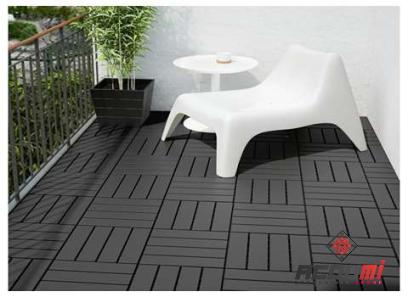
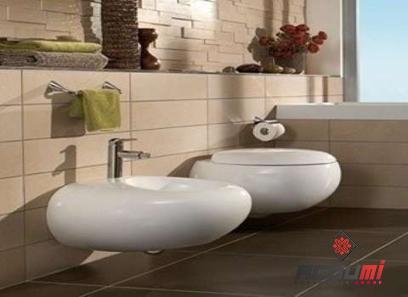
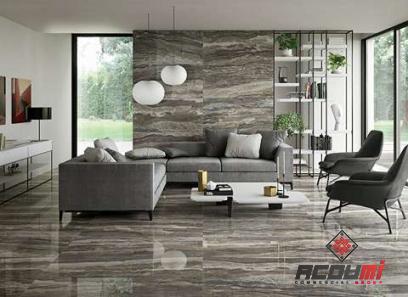




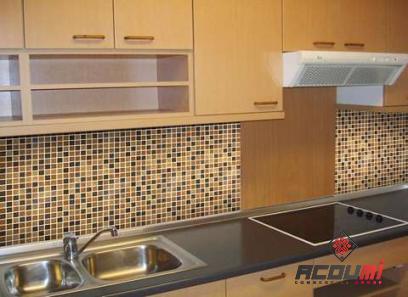
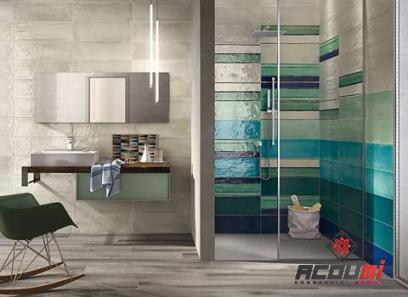
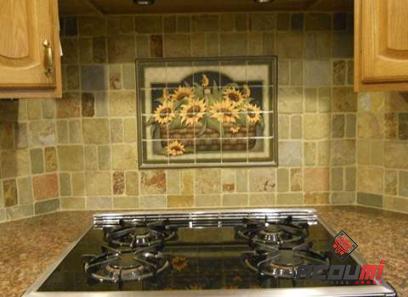
Your comment submitted.